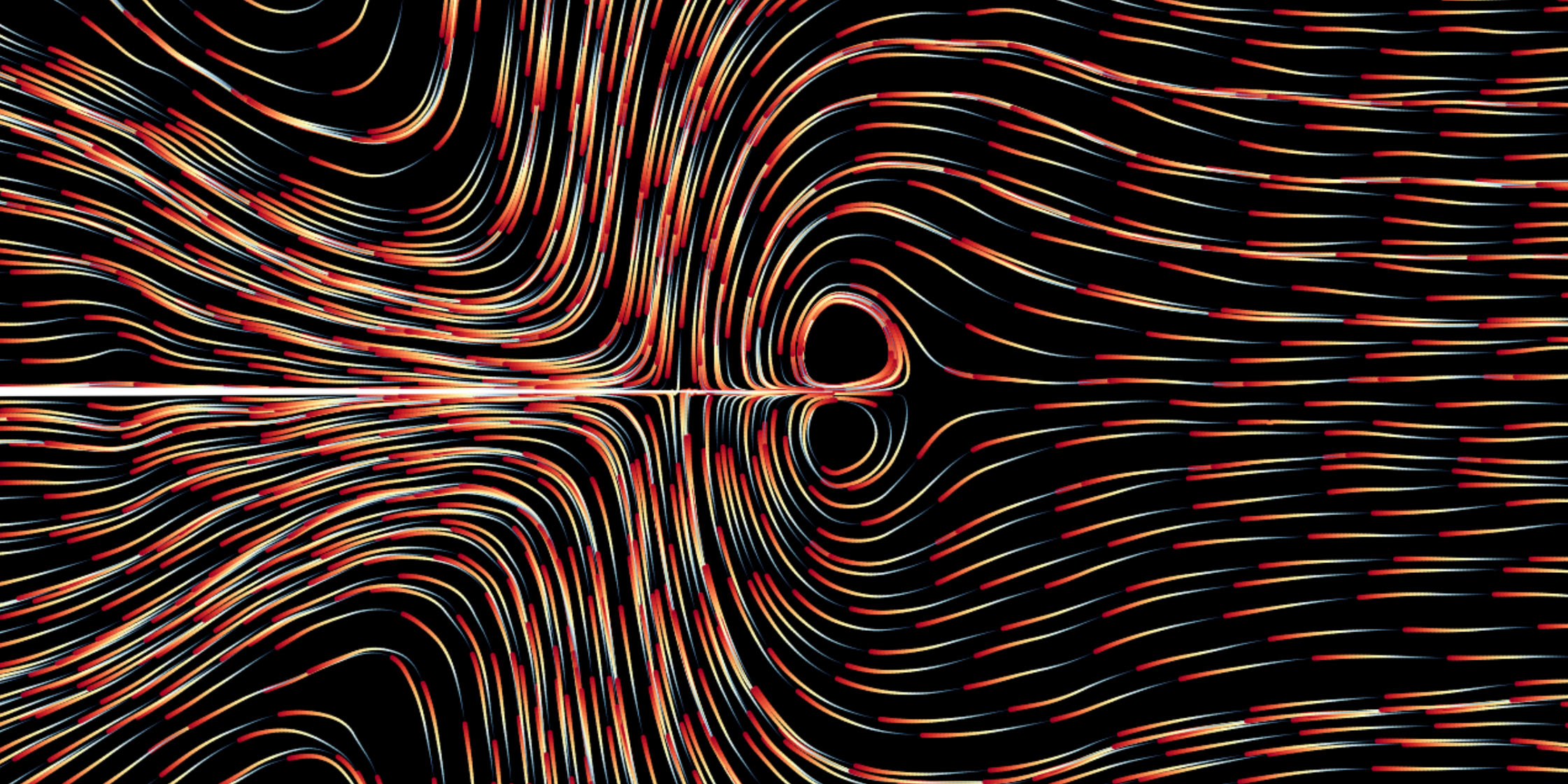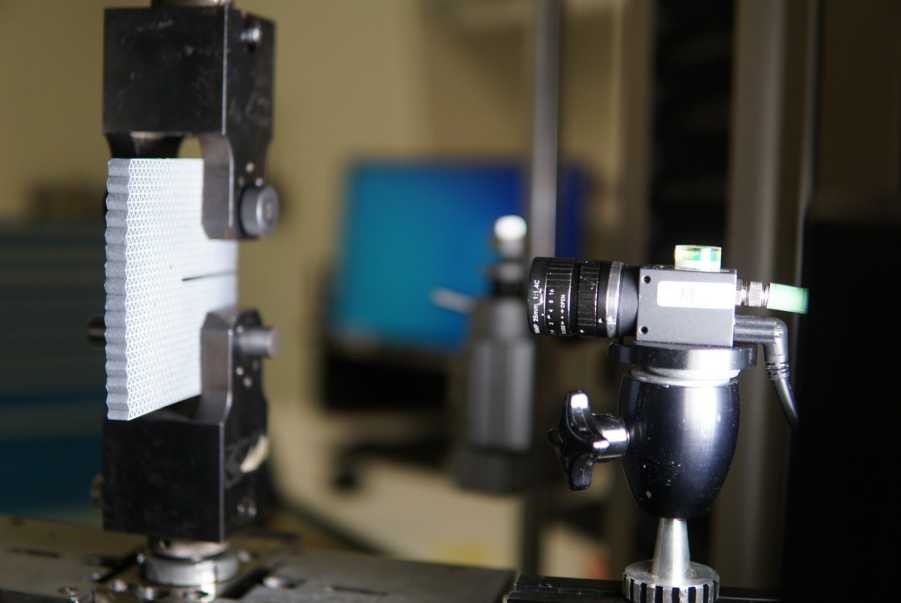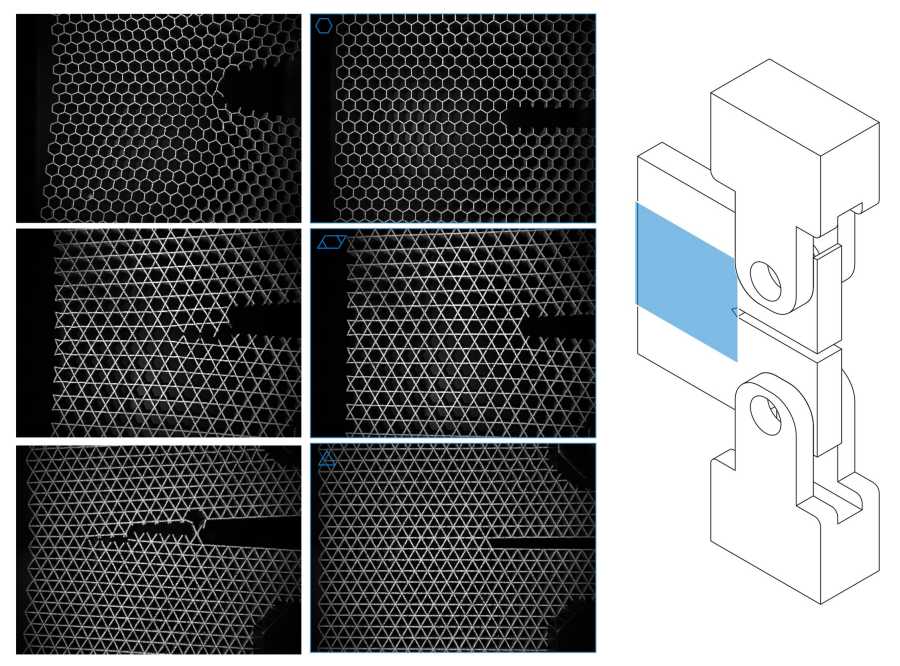Fractures are something we normally try to avoid: nobody likes to break an arm, and material fractures in buildings or bridges can even be life-threatening. But for David Kammer they are a key to understanding the physical mechanisms of materials and natural processes. Kammer is an assistant professor for computational mechanics of materials at the Department of Civil, Environmental and Geomatic Engineering at ETH Zurich, where he investigates how fractures occur and propagate – and how they can be avoided or controlled.
From small to large
“Our research covers a wide range of sizes – from the smallest components in concrete or fibres in the human body to tectonic plates that play a role in earthquakes”, Kammer explains. His research group mainly uses mathematical models to get to the bottom of the often mysterious properties of fractures. “These models are quite simple, but they include many physical processes simultaneously and thus allow us to gain deep insights and a better understanding of the phenomena.”
All fractures begin with a weak point: a flaw occurs somewhere in the material, setting off a chain reaction that eventually leads to fracture. Exactly how this happens depends very much on the material. In a joint project with researchers in the USA, for example, Kammer modelled fibres in human bone. Clinical data had shown that the bones of people with type-2 diabetes were more susceptible to fractures than those of healthy people. One hypothesis is that diabetes causes collagen molecules to bind more tightly together. Kammer’s simulation confirmed this hypothesis: even tiny microscopic changes lead to an increase in the brittleness of the collagen fibres, which significantly compromises the stability of the bone.
Faster than the speed limit
Once a fracture has formed in a material, the speed at which it propagates ultimately determines the fate of the material. Kammer’s simulations provide explanations for seemingly mysterious or contradictory phenomena. For example, it was known that fractures in certain materials, such as those responsible for earthquakes can propagate faster than previously thought. Normally, the so-called Rayleigh wave speed – a speed limit resulting from the laws of physics and the properties of the material – limits the propagation of a fracture.
However, Kammer’s research shows that small changes in the assumptions can suspend that limit. By assuming that the deformation of the material under a load is not linear but slightly non-linear – that is, that twice the force causes more than twice the deformation – the fracture can propagate faster than expected. However, the underlying physical laws remain unchanged. “Our studies show that even a small nonlinearity in the material properties is sufficient to increase the velocity of the fracture”, explains Kammer. “This result opens the door to many more questions in fracture dynamics.”



